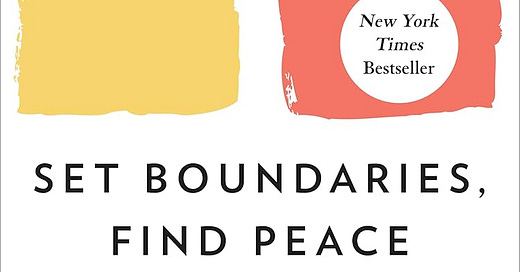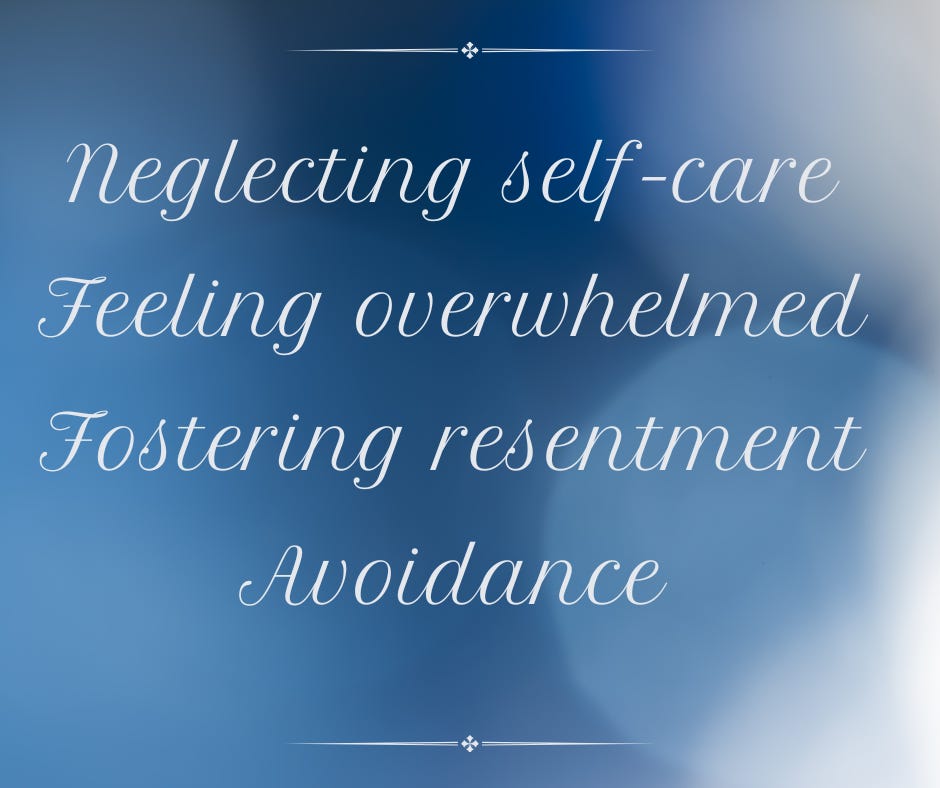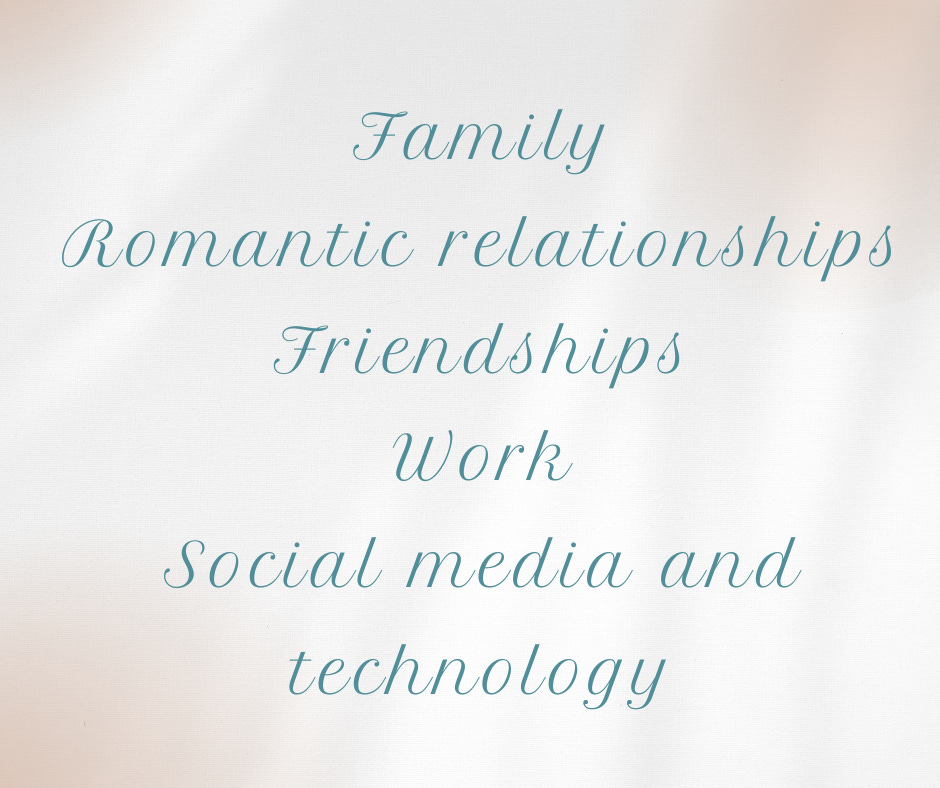The Beauty of Boundaries
Set Boundaries, Find Peace: A Guide to Reclaiming Yourself by Nedra Glover Tawwab
When I was in my late 20’s, I spent a week unconscious in the ICU with a severe case of meningitis (with accompanying encephalitis). The morphine administered at the time may have been responsible for the fantastical dreams I had during that week, dreams I still remember over 30 years later.
For example, I dreamt I was having my brother-in-law’s baby. That was weird. But another nightmare I clearly recall is that somehow I had been enlisted to run the athletic department for a large school district, in addition to my teaching job and everything else I had going on at the time in my life: mothering two young children, completing a master’s degree, volunteering at church, overachieving at work, the list goes on.
When I eventually woke up, I was extremely relieved to not be the head of an athletic department (let alone carrying my brother-in-law’s baby!) But, in real life I still had all the other responsibilities from my dream that didn’t go away upon awakening. In truth, my boundaries at that time were extremely porous as I strove to be all things to all people, and they continued to be quite leaky for years to come.
Had Nedra Glover Tawwab’s book Set Boundaries, Find Peace: A Guide to Reclaiming Yourself been available when I was younger . . . well, I likely would not have read it due to all my other perceived “pressing” obligations. But, it’s precisely those of us on a perpetual hamster wheel who need this book the most.
Tawwab is a licensed counselor who also enjoys a fair amount of Instagram fame. Her work on boundaries is based in cognitive-behavioral therapy (CBT), and in her book she teaches how to communicate wants and needs in a variety of domains.
Part I of the book addresses the importance of boundaries. In this section, Tawwab provides the following definition:
“Boundaries are expectations and needs that help you
feel safe and comfortable in your relationships.” (p.5)
So what are signs that healthier boundaries are needed? Tawwab cites four indications:
Perhaps Step 1 of boundary setting is keying in to the presence of any of the above indicators in one’s life. For example, a feeling I personally have experienced lately is that of being overwhelmed.
She goes on to list six main types of boundaries:
As I think about how I am feeling overwhelmed lately, that seems to point to setting a boundary around time.
Part II of the book provides concrete information about how to actually do the work of setting boundaries. In this section, chapters are addressed to setting boundaries in each of the following contexts:
So what is sucking up my time? I could definitely set better time boundaries around work. Possible boundaries to set include:
I will not volunteer for any more committees until my schedule opens up.
I will only check work e-mail three times a day.
I will not work on the weekend, even if it means something doesn’t get done.
The problem with setting boundaries for some of us is the fear that we will disappoint others. Setting boundaries means some balls will inevitably be dropped, and the discomfort of letting others down can be intense. It’s helpful to remember that things usually don’t turn out as bad as we can spin up in our imaginations. For example, I probably won’t be fired for not immediately responding to an email
Setting boundaries is more complex than the process I’ve just described, but it is well worth the effort for the resulting peace that comes from respecting your needs and making them known to others. For those interested in doing the work of setting boundaries, Tawwab provides exercise at the end of each chapter of the book. In addition, Tawwab also wrote The Set Boundaries Workbook: Practical Exercises for Understanding Your Needs and Setting Healthy Limits.







